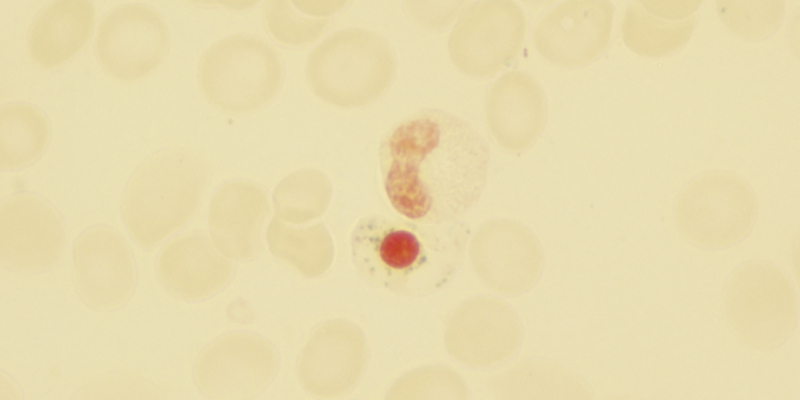
Use of luspatercept in patients with lower-risk myelodysplastic syndrome (LR-MDS) who were not transfusion dependent (NTD) resulted in positive clinical outcomes and few red blood cell transfusions (RBCTs), according to a real-world analysis presented by Leslie Andritsos, of the University of New Mexico in Albuquerque, at the 65th ASH Annual Meeting & Exposition.
The retrospective, claims-based study used data from the Symphony Health database and identified 871 adults with MDS. The researchers assessed patient demographics and clinical characteristics, and RBCT status was measured for six months after the first claim for luspatercept (index date).
Of the patients included in the study, 67.6% were NTD before initiating luspatercept. Prior to luspatercept, 15.3% of patients had received two classes of treatment and 0.8% had received three prior treatment classes. The mean age of patients was 74.7 years.
Almost all (98.5%) of the patients who were NTD prior to luspatercept maintained that status for at least eight weeks for the six months after luspatercept initiation. Beyond that, 96.8% maintained NTD status for at least 12 weeks, 94.1% for at least 16 weeks, and 88.6% for at least 24 weeks.
More than half of patients (64.7%) did not require any additional treatments for LR-MDS during the follow-up period, with more than three-quarters (77.1%) staying on luspatercept for more than six months and 68.4% receiving luspatercept for more than one year.
If additional treatment was required, the most commonly received treatments were erythropoiesis-stimulating agents or hypomethylating agents.
Reference
Andritsos LA, Hanna KS, Zanardo E, et al. Real-world retrospective study of non-transfusion dependent patients with myelodysplastic syndromes treated with luspatercept: a healthcare claims database study. Abstract #3808. Presented at the 65th ASH Annual Meeting and Exposition; December 9-12, 2023; San Diego, California.






 © 2025 Mashup Media, LLC, a Formedics Property. All Rights Reserved.
© 2025 Mashup Media, LLC, a Formedics Property. All Rights Reserved.